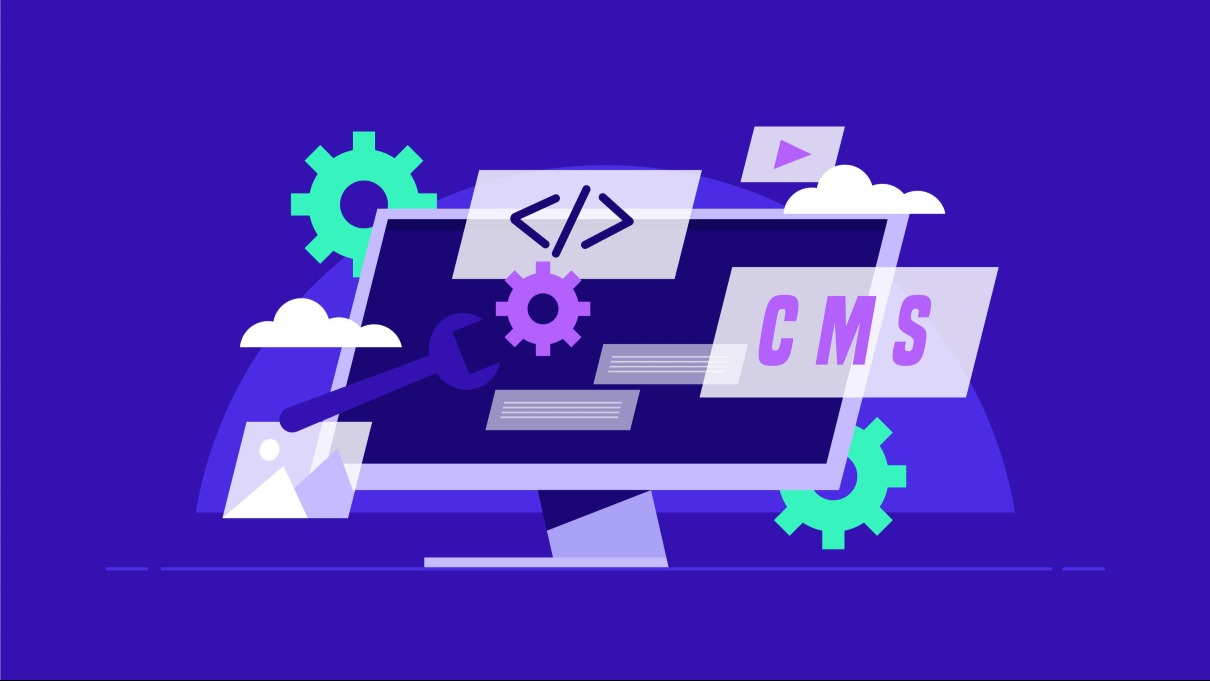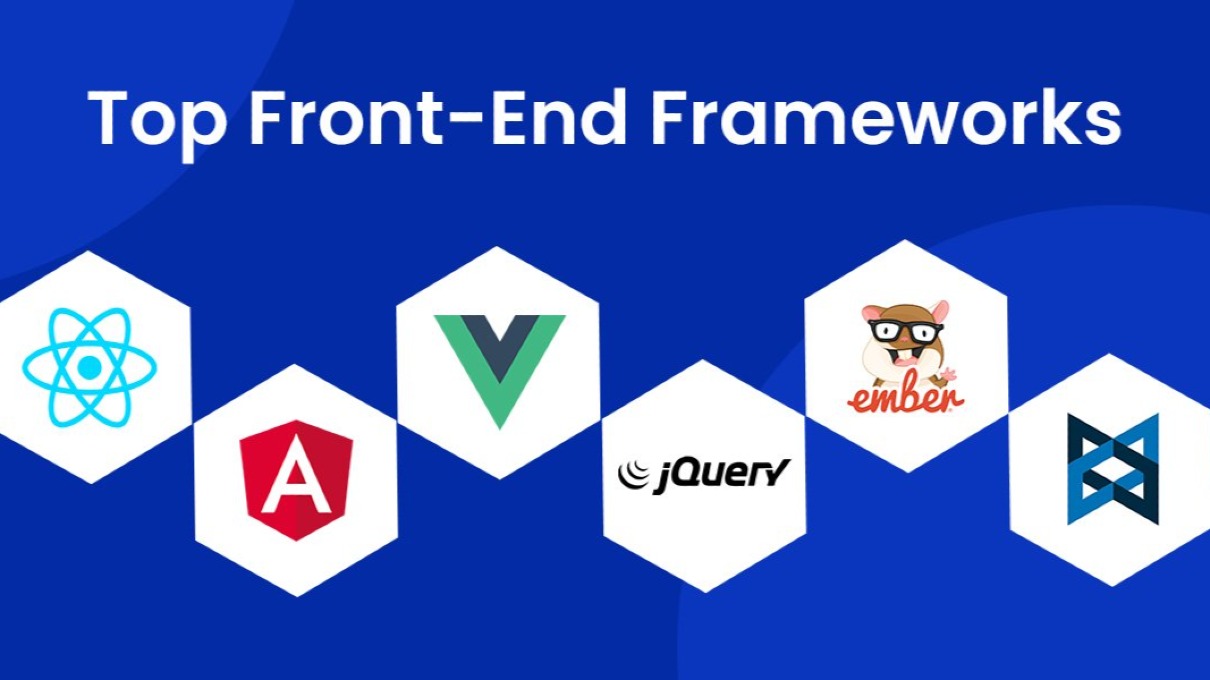The web development landscape is undergoing a seismic shift, thanks to the advent of low-code and no-code platforms. These revolutionary tools are tearing down traditional barriers, empowering individuals—regardless of their technical expertise—to create sophisticated web applications. This democratization of development is accelerating innovation and reshaping industries.
Let’s dive into what low-code and no-code development entail, their benefits, challenges, and how they’re transforming web development.
What Are Low-Code and No-Code Development?
Both low-code and no-code platforms simplify the development process, but they cater to slightly different user needs:
Low-Code Development
Low-code platforms allow users to build applications with minimal manual coding. They offer:
- Visual Development Tools: Drag-and-drop interfaces for designing applications.
- Pre-Built Components: Ready-made elements like forms, buttons, and templates.
- Integration Support: Seamless connectivity to APIs and external data sources.
Low-code platforms are ideal for professional developers looking to accelerate their workflows while retaining flexibility for custom coding.
No-Code Development
No-code platforms take simplicity to the next level, enabling users to build applications entirely without writing a single line of code. These tools provide:
- Intuitive Interfaces: User-friendly, visual environments for application design.
- Drag-and-Drop Functionality: Easily assemble components to create workflows.
- Pre-Configured Logic: Automations and integrations built into the platform.
No-code tools are perfect for non-technical users, such as entrepreneurs and business analysts, looking to bring ideas to life without relying on developers.
Benefits of Low-Code and No-Code Development
1. Faster Development Cycles
By automating repetitive tasks and simplifying workflows, low-code and no-code platforms dramatically reduce development time. Applications that once took months can now be built in days—or even hours.
2. Cost Savings
These platforms require fewer development resources, lowering the cost of creating and maintaining applications. Small businesses and startups, in particular, benefit from reduced upfront investments.
3. Broader Accessibility
Low-code and no-code tools enable “citizen developers”—non-technical users—to participate in app development. This inclusivity fosters innovation by tapping into a larger talent pool.
4. Improved Collaboration
With easy-to-use interfaces, these platforms bridge the gap between developers, designers, and business stakeholders, enhancing communication and ensuring alignment.
Popular Low-Code and No-Code Platforms
The market is brimming with powerful platforms catering to diverse needs. Here are some of the most popular:
- Bubble: A no-code platform for creating web and mobile applications with advanced customization capabilities.
- Adalo: A beginner-friendly tool for building mobile and web apps quickly.
- Appian: A low-code platform designed for enterprise-grade applications, emphasizing scalability.
- OutSystems: A robust low-code platform ideal for building and deploying complex enterprise applications.
Each platform offers unique strengths, so choosing the right one depends on your project’s complexity and goals.
Challenges and Considerations
While low-code and no-code platforms offer incredible potential, they aren’t without limitations:
1. Complexity Limits
For highly customized or complex applications, low-code and no-code tools may fall short. These projects often require traditional coding for advanced features.
2. Vendor Lock-In
Many platforms have proprietary ecosystems, making it challenging to migrate applications or switch providers without significant rework.
3. Security Concerns
Since platform vendors control much of the backend infrastructure, developers must prioritize security by:
- Encrypting sensitive data.
- Conducting regular audits.
- Ensuring compliance with industry regulations.
Despite these challenges, careful planning and awareness can help mitigate potential risks.
Use Cases for Low-Code and No-Code Development
These platforms are versatile, supporting a variety of applications across industries:
1. Prototyping and MVPs
Quickly develop Minimum Viable Products (MVPs) to test ideas without large investments.
2. Internal Tools
Build dashboards, workflows, and automations to enhance internal operations.
3. E-Commerce Solutions
Create fully functional e-commerce websites with inventory management, payment gateways, and customer support.
4. Business Process Automation
Streamline repetitive processes like data entry, reporting, or lead management.
5. Custom Apps
Design unique applications tailored to specific business needs without hiring a full development team.
The Future of Low-Code and No-Code
The low-code and no-code movement is just beginning, with exciting advancements on the horizon:
- AI-Powered Development: Integration of artificial intelligence to automate workflows and suggest design improvements.
- Enhanced Scalability: Platforms are increasingly capable of supporting enterprise-level applications.
- Multi-Platform Compatibility: Build once, deploy across web, mobile, and IoT devices seamlessly.
As these tools continue to evolve, they will become even more integral to digital transformation efforts, enabling businesses to adapt quickly and remain competitive.
Conclusion
Low-code and no-code platforms are democratizing web development, empowering users to create apps faster, cheaper, and more collaboratively. While they may not replace traditional coding entirely, their role in modern development is undeniable. From small businesses launching prototypes to enterprises automating processes, these platforms are fueling innovation across the board.
The rise of low-code and no-code development marks a pivotal moment in the tech industry—one where creativity, accessibility, and efficiency are at the forefront. Now is the time to explore these tools and harness their transformative potential.



